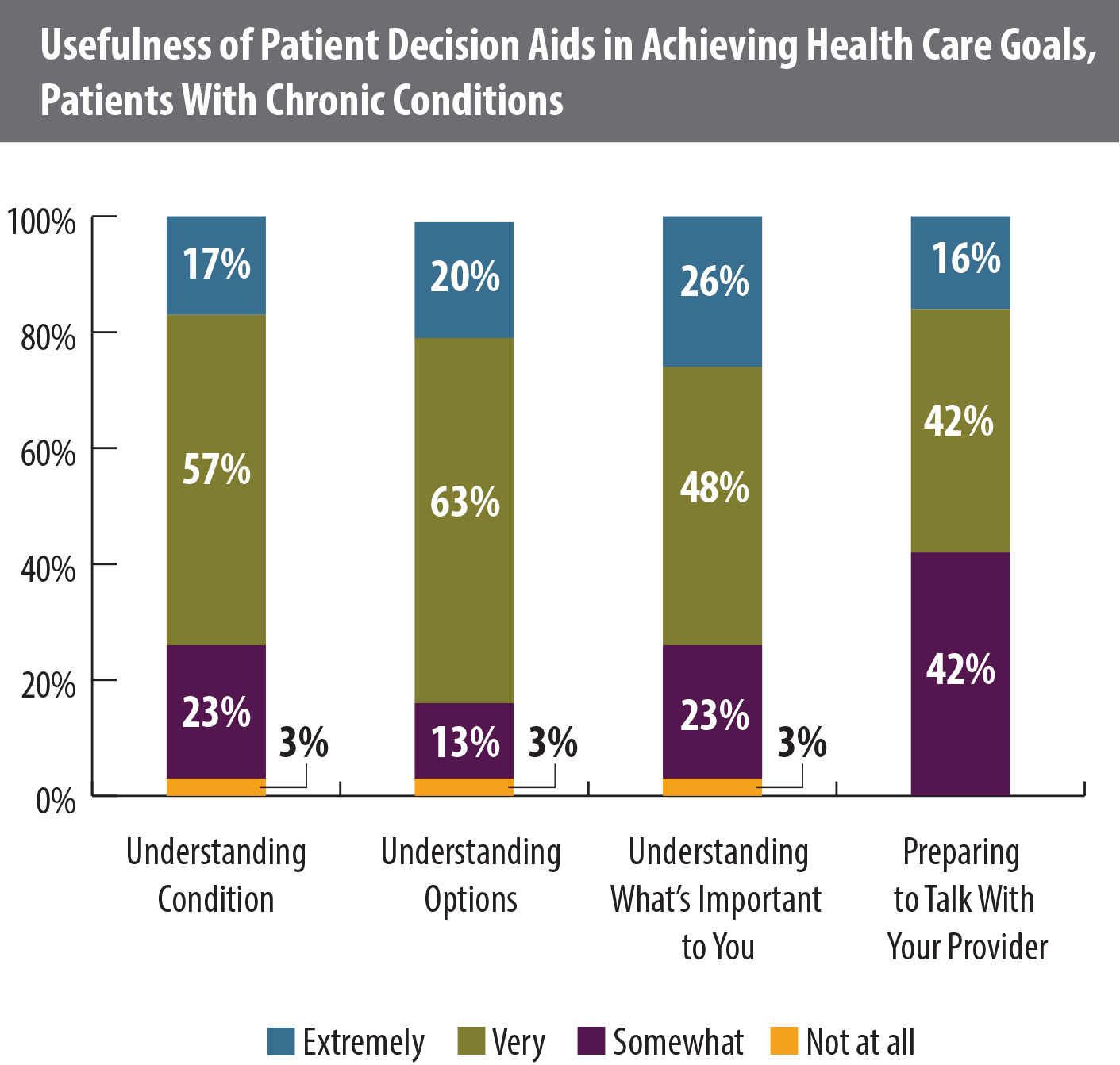Engaging Patients in Their Care
Ever since Don Berwick, former CEO of the Institute for Healthcare Improvement and Administrator at the Center for Medicare and Medicaid Services, coined the “triple aim” framework, the health policy community has been abuzz about how to translate Berwick’s theory into practice.
Simply put, the triple aim advocates the simultaneous pursuit of three objectives: Reducing per capita costs of health care; improving the quality of care; and improving the patient experience.
That last dimension – patient experience - has been particularly challenging to implement. How do we even measure the patient experience? If we can’t measure it, when do we know we have improved it?
Engaged Public, a Denver-based public policy firm that engages leaders and citizens to develop actionable strategies and policies, attempted to do just that with its pilot project at San Luis Valley Health. The pilot, called Engaged Benefit Design, was launched in January 2012. It provided Patient Decision Aids – when they were prescribed by a clinician - to all of the San Luis Valley Health employees covered by the medical system’s health insurance plan.
Patient Decisions Aids are available in various formats including DVDs and informational booklets, web based video and interactive web sites that clearly explain the research about the benefits, risks and efficacy rates of various treatment and screening choices. They also elicit patient preferences and goals for care. The objective is to engage consumers in the decisions regarding the experience of their care. Sound familiar?
The Colorado Health Institute, which has served as the evaluator of the pilot, is reviewing the data collected. Nearly two of three (64 percent) patients with chronic conditions who completed Patient Decision Aids indicated that they were very or extremely useful in understanding their condition. About four of five (83 percent) said they were very or extremely useful in understanding their health care options (see the accompanying graphic).

The Colorado Health Institute conducted focus groups at San Luis Valley Health to hear directly from patients about why they viewed the Patient Decision Aids.
While many indicated that the $50 check offered by their employer was an important incentive to watch or read the decision aid, most were glad that they did. As one patient said, “The doctor is saying all this stuff because he’s a power of authority . . . You are ultimately making the decision. I think they (PDAs) were kind of nice in that respect to let you know, hey, there are two sides here.”
While the pilot population was too small to detect significant changes in utilization of health care services, many of the individuals interviewed clearly felt more of a sense of ownership in their own care.
As one participant noted, “Oh, I didn’t even think to ask that question, or maybe we should have tried that before we went that way.”
Don Berwick, I think, would be encouraged.
